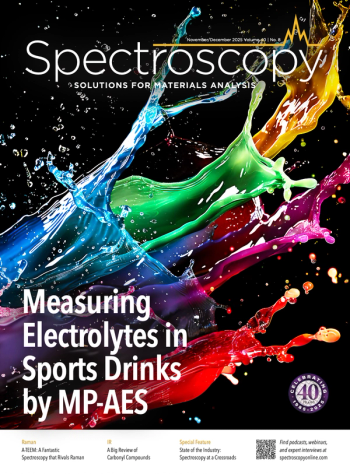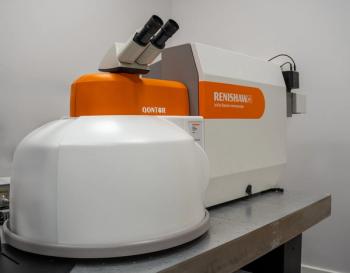
Understanding Calcium Phosphate Precipitation in the Human Eye: Insights from Spectroscopic Characterization
Researchers from Jan Dlugosz University in Poland employ spectroscopic techniques to characterize calcium phosphate precipitation under conditions mimicking the human eye. Their findings shed light on the mechanisms and structural features of these precipitates, contributing to a better understanding of calcification in intraocular lenses.
Researchers at Jan Dlugosz University have conducted an in vitro study to investigate the spectroscopic characterization of calcium phosphate precipitates formed under conditions that mimic those found in the human eye. The team’s finding were published in Spectrochimica Acta Part A: Molecular and Biomolecular Spectroscopy (1).
Calcification is the process of calcium phosphate mineralization. It is a well-known phenomenon observed in intraocular lenses. However, despite previous research efforts, the mechanisms and structural conditions that promote calcification in the human eye remain poorly understood. To gain a better understanding of this process, it is essential to conduct research under conditions that closely resemble those of the human eye.
The study focused on characterizing calcium phosphates formed under conditions similar to those in the human eye using scanning electron microscopy with energy-dispersive X-ray spectroscopy (SEM/EDS) and infrared spectroscopy. The researchers aimed to elucidate the mechanisms and structural features of these precipitates.
The results of the study revealed the formation of white spherical precipitates that exhibited instability when extracted from the solution. These precipitates were observed in solutions containing solutes within the range of 1.5–3.0 mM2. Elemental analysis indicated a calcium-to-phosphorus (Ca/P) ratio of 1.64–1.65, which closely resembled the ratio found in hydroxyapatite (1.67), a primary component of bone mineral.
Chemical structure analysis using infrared spectroscopy unveiled the presence of characteristic bending and stretching bands in the spectral range of 475–830 cm−1 and 880–1250 cm−1, respectively. These bands are indicative of the presence of phosphate groups (PO43-) in apatite calcium phosphates. Further numerical fitting analysis revealed bands corresponding to apatitic PO43- and suggested the presence of hydrated calcium phosphates.
The insights gained from this study have significant implications for future research on calcification in intraocular lenses. Understanding the mechanisms and structural conditions that contribute to calcification under human eye conditions can aid in the selection of appropriate immersion media for further studies involving the incubation of hydrogel intraocular lenses.
Reference
(1) Chamerski, K.; Filipecki, J.; Balinska, A.; Jelen, P.; Sitarz, M. Spectroscopic Characterization of Calcium Phosphate Precipitated Under Human Eye Conditions: An In Vitro Study. Spectrochimica Acta Part A: Mol. Biomol. Spectrosc. 2023, 297, 122716. DOI:
Newsletter
Get essential updates on the latest spectroscopy technologies, regulatory standards, and best practices—subscribe today to Spectroscopy.



